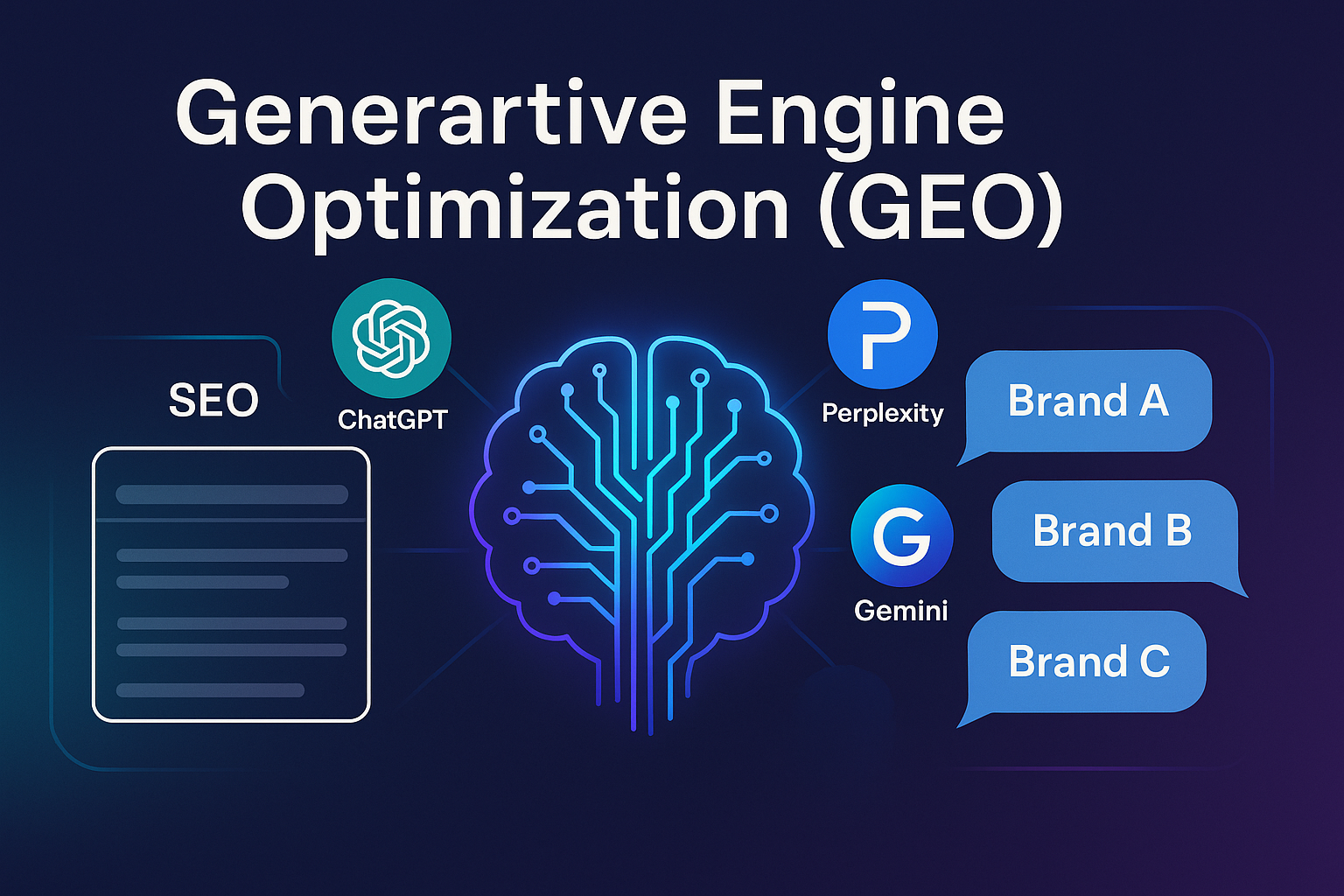Here’s why generative engines (like ChatGPT, Google SGE, Perplexity, etc.) love schema markup and why pages that use it well are more likely to surface in AI recommendations, summaries, and answers:
🌟 1️⃣ Schema Makes Content Machine-Understandable
Think of schema markup as explicit clues you’re giving the AI.
Without schema:
- The AI has to guess what your page is about by parsing messy natural language, varied layouts, inconsistent labels, etc.
- For example, is that string of numbers a price or just some decorative stat? Is “5 stars” a review rating or just a graphic?
With schema:
- You clearly say: “This is a product. Its name is X. Its price is Y. Here’s the official review score.”
- It wraps your human-readable content in machine-readable context.
✅ Result: You reduce the cognitive load on the AI. It trusts your structured data because it matches the visible content.
🌟 2️⃣ Schema Connects You to Known Entities
Generative engines (like ChatGPT or Google SGE) rely on entity understanding. This is called entity recognition.
They want to know:
- Who or what is this page about?
- How does it connect to other known things (people, brands, concepts, places)?
Schema’s sameAs, about, mainEntityOfPage, etc., tell the AI:
- “This page about Kent Lundin is the same Kent Lundin linked here on LinkedIn and described here on Wikidata.”
- “This product relates to this known brand.”
- “This article is about this defined topic.”
✅ Result: Your page plugs into the knowledge graph AI engines use to generate high-confidence answers.
Without it, you risk being seen as an isolated blob of content with no verified ties.
🌟 3️⃣ Schema Unlocks Specialized AI Features
Many generative engines draw answers directly from structured datasets before touching raw web content.
For example:
- Google’s SGE often draws summary cards or featured snippets from pages with valid
FAQPage,HowTo,Product, orEventmarkup. - Perplexity and Bing can preferentially surface sources that have structured signals boosting confidence in facts.
Why?
- Structured data gives clear slots (e.g., steps, prices, ingredients, dates) that can be safely pulled into an answer box or AI summary.
- It reduces hallucination risk and boosts factual grounding.
✅ Result: Pages with schema markup stand in line first when the AI “looks for safe, clean data.”
🌟 4️⃣ Schema Supports Trust and Authority Signals
A well-structured page:
- Shows attention to detail.
- Demonstrates alignment with best practices.
- Connects to verified organizational or author identities.
Generative engines increasingly evaluate not just content relevance but also trustworthiness (think E-E-A-T: experience, expertise, authoritativeness, trustworthiness).
✅ Result: Schema acts like a trust anchor, helping AI engines feel more confident recommending you over a loosely structured competitor.
🌟 5️⃣ Schema Feeds Into AI Training and Fine-Tuning
Many AI systems are trained or fine-tuned using:
- Schema.org datasets,
- public knowledge graphs, and
- structured semantic resources.
If your content aligns with these frameworks, you fit the patterns these systems are designed to understand and amplify.
✅ Result: You increase your odds of being surfaced because your data already matches the formats AI “understands natively.”
🔑 Why Schema Boosts GEO (Generative Engine Optimization)
Let’s simplify:
| Without Schema | With Schema |
|---|---|
| AI has to guess your page’s meaning + context | AI receives clear, structured meaning + connections |
| Less likely to match entity graphs or knowledge | Directly plugs into known entities + knowledge networks |
| Higher risk of being ignored or misclassified | Higher chance of safe, trusted inclusion in summaries |
| Missed opportunity for rich AI answer features | Eligible for rich displays, snippets, summaries, and cards |
🚀 Practical Takeaway for You
If you want your web pages to consistently show up:
✅ Use schema not just for SEO but for entity clarity
✅ Add sameAs links to connect to your authoritative profiles
✅ Mark up FAQs, how-to’s, articles, products, services — anything you want AI to pull cleanly
✅ Monitor schema performance in Search Console (look at “enhancements” reports)
AI can:
👉 Audit a couple of your top blog posts and suggest enhanced schema opportunities
👉 Help craft sameAs and mainEntityOfPage fields to link you into known knowledge graphs
👉 Draft advanced schema (like Speakable) if you want to target voice summaries or AI-first interfaces



